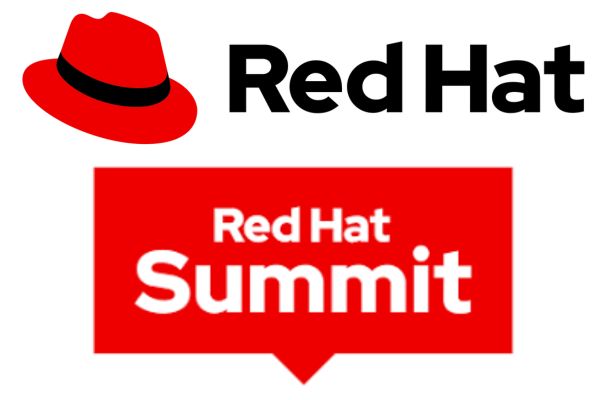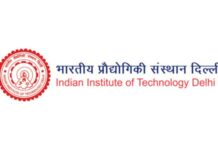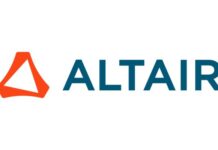Red Hat, the world’s leading provider of open-source solutions, introduced the expansion of Red Hat Lightspeed across its platforms, infusing enterprise-ready AI across the Red Hat hybrid cloud portfolio. Red Hat OpenShift Lightspeed and Red Hat Enterprise Linux Lightspeed will offer intelligent, natural language processing capabilities designed to make Red Hat’s enterprise-grade Linux and cloud-native application platforms easier to use for novices and more efficient for experienced professionals. Through generative AI (GenAI) integration, Red Hat intends to improve the productivity and efficiency of teams using these platforms.
First introduced in Red Hat Ansible Automation Platform, Red Hat Lightspeed is designed to help combat industry-wide skills gaps and complexity in enterprise IT as hybrid cloud adoption grows, enabling users to be more accurate and efficient while freeing up IT teams to drive greater innovation. With Red Hat Lightspeed infused across Red Hat’s core platforms, users will benefit from the ability to contextually apply Red Hat’s vast knowledge in using open source technologies in mission-critical environments to their specific situations, further extending the value of a Red Hat subscription.
GenAI meets the hybrid cloud application platform
As the industry’s leading hybrid cloud application platform powered by Kubernetes, Red Hat OpenShift is commonly adopted across departments and teams with varying roles and skill sets. OpenShift Lightspeed applies GenAI to how these groups deploy traditional and cloud-native applications on OpenShift clusters, simplifying application lifecycle management and resourcing scaling to meet demand. This means that OpenShift novices can more quickly build and develop the skills needed to run the application platform while experts can use OpenShift Lightspeed as a force multiplier.
One of the many scenarios that OpenShift Lightspeed will be able to support is the actions a user can take when a cluster is at capacity. It will suggest to the user that autoscaling should be enabled and, after assessing that the clusters are hosted on a public cloud, suggest a new instance of the appropriate size. By further assessing usage patterns, OpenShift Lightspeed could then offer to enable autoscaling down once capacity requirements decrease and even make additional recommendations, like using GitOps to save this configuration to use across clusters.
Linux for the next generation of IT talent
Red Hat Enterprise Linux Lightspeed will help simplify how technology organizations deploy, manage and maintain Linux environments. As systems scale and complexity becomes a challenge for even IT veterans, Red Hat Enterprise Linux Lightspeed helps both novice admins and seasoned operations teams do more, faster, with the world’s leading enterprise Linux platform.
The capability builds on Red Hat’s decades of enterprise Linux expertise, using GenAI to help customers more quickly answer common questions and solve emerging problems. Consider the announcement of a new Common Vulnerability and Exploit (CVE): Red Hat Enterprise Lightspeed could flag an admin that a Red Hat Security Advisory (RHSA) has been released with fixes. It can then alert the user that some affected machines are in production and should not be taken down, but that updates can be applied to affected development and staging systems. Finally, Red Hat Enterprise Linux Lightspeed could help the user schedule patching for the next production maintenance window, doing all of this through simple commands even with limited command line knowledge.
IT automation and open-source innovation with GenAI
Since the release of Red Hat Ansible Lightspeed in 2023, the service has been further refined to make code recommendations more relevant while enhancing the overall user experience. Some of these improvements include:
- Model customization/tuning – IBM watsonx Code Assistant now enables Ansible Lightspeed users to use their existing Ansible content to train the model. Customers can improve the quality and accuracy of their Ansible content with code recommendations that are tailored to organizations’ specific needs and automation patterns.
- Administrative dashboard – Red Hat account administrators can view telemetry data around their Ansible Lightspeed usage, including monitoring metrics for GenAI requests and insights into how end-users are using the service.
In addition to the Red Hat Lightspeed portfolio, Red Hat continues its commitment to innovation in open-source communities by bringing gen AI to projects like Konveyor in the future.
The cloud is hybrid. So is AI.
For more than 30 years, open-source technologies have paired rapid innovation with greatly reduced IT costs and lowered barriers to innovation. Red Hat has been leading this charge for nearly as long, from delivering open enterprise Linux platforms with RHEL in the early 2000s to driving containers and Kubernetes as the foundation for open hybrid cloud and cloud-native computing with Red Hat OpenShift.
This drive continues with Red Hat powering AI/ML strategies across the open hybrid cloud, enabling AI workloads to run where data lives, whether in the datacenter, multiple public clouds or at the edge. More than just the workloads, Red Hat’s vision for AI brings model training and tuning down this same path to better address limitations around data sovereignty, compliance and operational integrity. The consistency delivered by Red Hat’s platforms across these environments, no matter where they run, is crucial in keeping AI innovation flowing.












